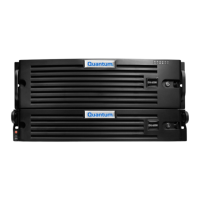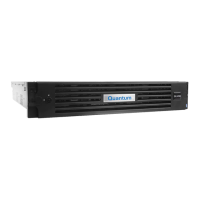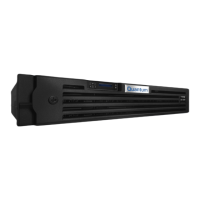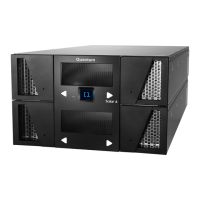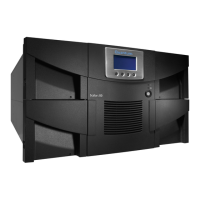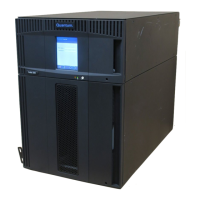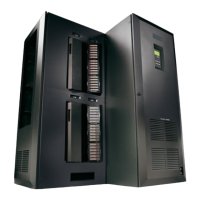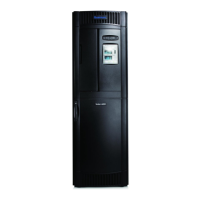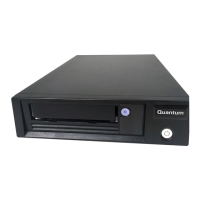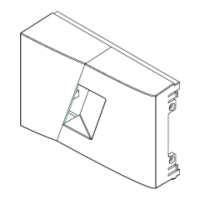Chapter 6: Replication
Replication
Quantum DXi6900 User’s Guide 134
l Restore a lost or damaged share or partition back to its original location (see Task Overview:
Performing a Share or Partition Failback on page 136).
l Recover data from a lost or damaged share or partition (see Task Overview: Recovering a Replicated
Share or Partition on page 136).
Note:The Replication wizard provides guided assistance for configuring data replication (see
Configuration Wizards on page 76).
TaskOverview:SettingUpandPerformingReplication
To replicate all data on a NAS share or VTL partition from a source system to a target system:
1. On the target system, add the source system to the list of allowed replication sources (see Adding a
Replication Source on page 275).
2. On the source system, specify the target system that will receive replicated data (see Adding a
Replication Target on page 270).
3. On the source system, create a new share or partition with deduplication enabled (see Adding a NAS
Share on page 207 or Adding a VTL Partition on page 222).
4. Enable replication for the new share or partition (see Enabling Replication For a Share or Partition on
page 140).
5. Before writing any data to the new share or partition, replicate the new share or partition (see
Replicating a Share or Partition on page 143).
Quantum recommends that you always replicate a new share or partition immediately after creating it.
This establishes the initial data structure on the target system and greatly increases the speed of the
first replication.
6. Choose one of the following methods to regularly replicate the new share or partition:
l (Recommended) Use the Scheduler page to set up a schedule for performing replication
automatically after backups complete (see Scheduling a Share or Partition for Replication on page
283).
l Manually perform replication at frequent intervals (see Replicating a Share or Partition on page 143).
After replication, a snapshot is sent to the target system. You can use the snapshot to recover the replicated
share or partition on the target system (see Task Overview: Recovering a Replicated Share or Partition on
page 136) or restore the share or partition to its original location on the source system (see Task Overview:
Performing a Share or Partition Failback on page 136).
ImportantInformation:SettingupandPerformingReplication
l If you do not configure a replication schedule or manually replicate the share or partition on a regular
basis, your data is not protected. While the DXi6900 continually sends data to the target system in the
background to optimize the replication process, a snapshot that preserves the complete structure of
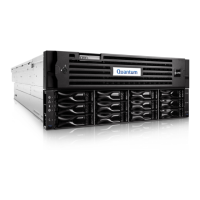
